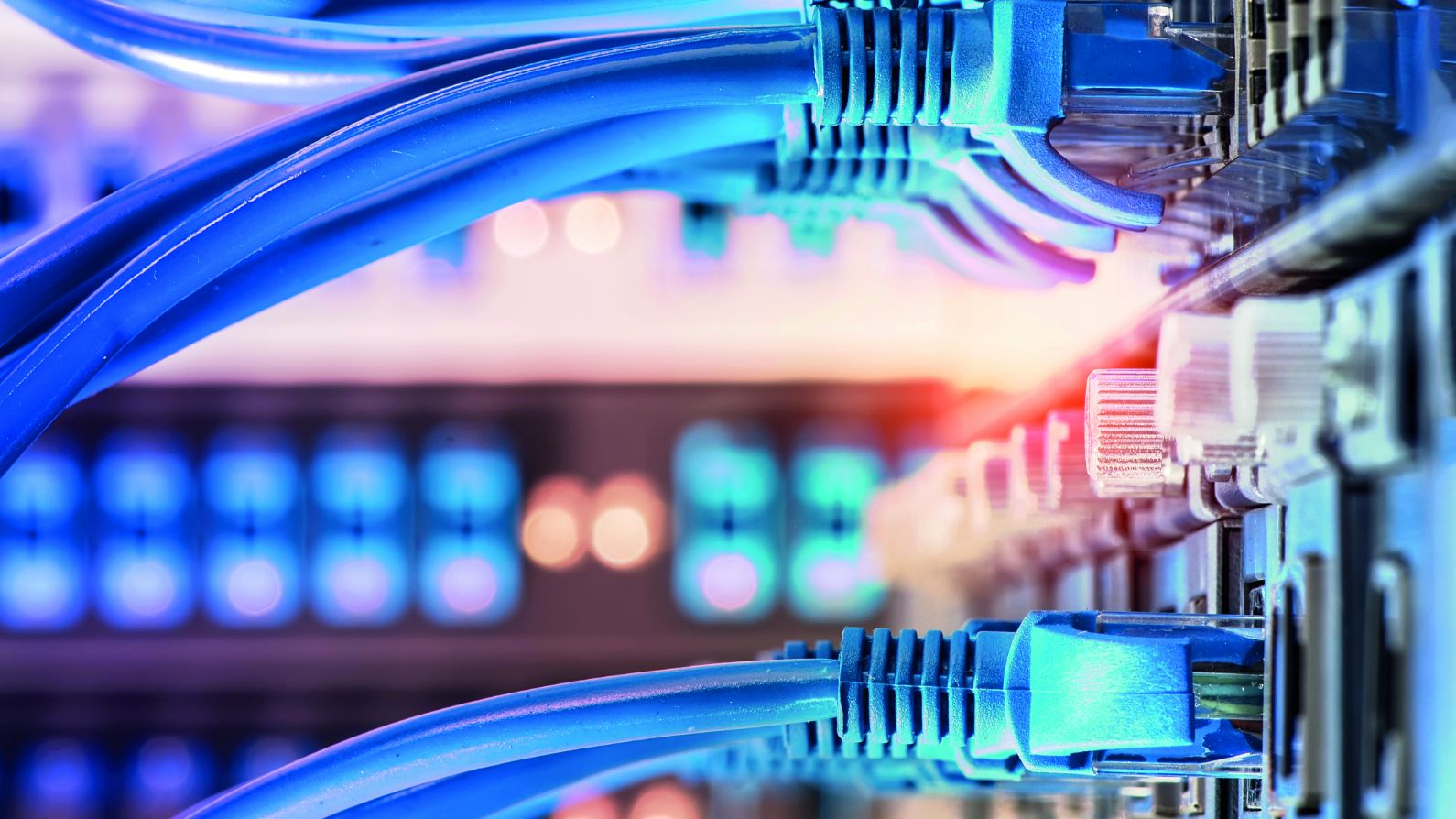Ethernet VS Patch Cable
Ethernet is a protocol that describes how information travels over a cable. Ethernet cables are just wires that follow Ethernet protocols. These cables are copper or fiber optic. Patch cables are simply Ethernet cables that have connectors on both ends. So when comparing Ethernet cables to patch cables, what's the difference? In addition to having connectors on both ends, patch cables are usually much shorter than standard Ethernet cables. Large networks with a large number of devices, switches, routers, and "patch panels" make use of both long Ethernet cables and shorter patch cables. Patch panels are a kind of network distribution board, with many ports for connecting devices to a network. These panels make it much easier to turn off or reconfigure certain devices without disturbing others. The short cords that connect devices to a network through a patch panel in a network stack or cabinet are called "patch cables".
Related Article:
Which cable type is better, Ethernet cable or patch cable?
The patch cables are compatible with the type or category of
Ethernet cables over which the network runs. This is because even though the
cat6 ethernet cable is backward compatible with cat5, cat6 has greater
bandwidth and is capable of transmitting data at higher speeds than cat5. If a
cat5 patch cable connects devices that are running on a cat6 network, things
can start to slow down.
Most patch cables are known as "straight through"
or "thru" cables that send signals directly from a device to a
switch, router, or panel. The "crossover" cable is a form of
specialized patch cable. These cables reverse the direction of data
transmission and reception on one of the connectors. Regular Ethernet patch
cables connect two different types of devices, such as a router to a computer
or a modem to a router. However, when connecting two devices of the same type,
such as a computer to a computer, a crossover cable is required to allow the
machines to simultaneously send and receive signals between them. If the wiring
inside the cable didn't cross over or connect to different pins on one end, the
signals would try to go two different directions on the same wire and the
signal wouldn't go anywhere.
Must Read:
Copper cables have 7 advantages over fiber optic cables
Rarely does a home user need a crossover patch cable?
A much more common use of the patch cable is to connect a computer or laptop to a wired network through a wall outlet, or a computer to a switch or router. Data centers or large structured cabling systems in large buildings or across multiple buildings can purchase Ethernet cables in bulk, running them hundreds of feet into walls or above ceilings, where they can terminate by a patch panel which then uses much shorter patch cables to connect the devices.
If you need answers on standard Ethernet cables vs. patch cables, contact litech.com.pk and we'll be happy to find the cables that meet your needs.
Also Read:
Benefits and Drawbacks of Optical Fiber
Optical fiber cables have several advantages
4 Inside Fiber Optic Communication Advantages
Enabling the Future: Understanding the Uses of Fiber Optic Cables
5 Reasons Why IT Professionals Prefer Fiber Optic Cables Over Copper
















0 Comments